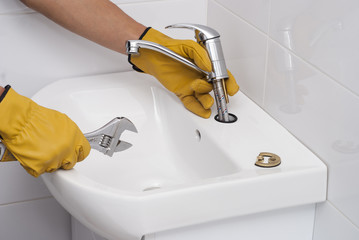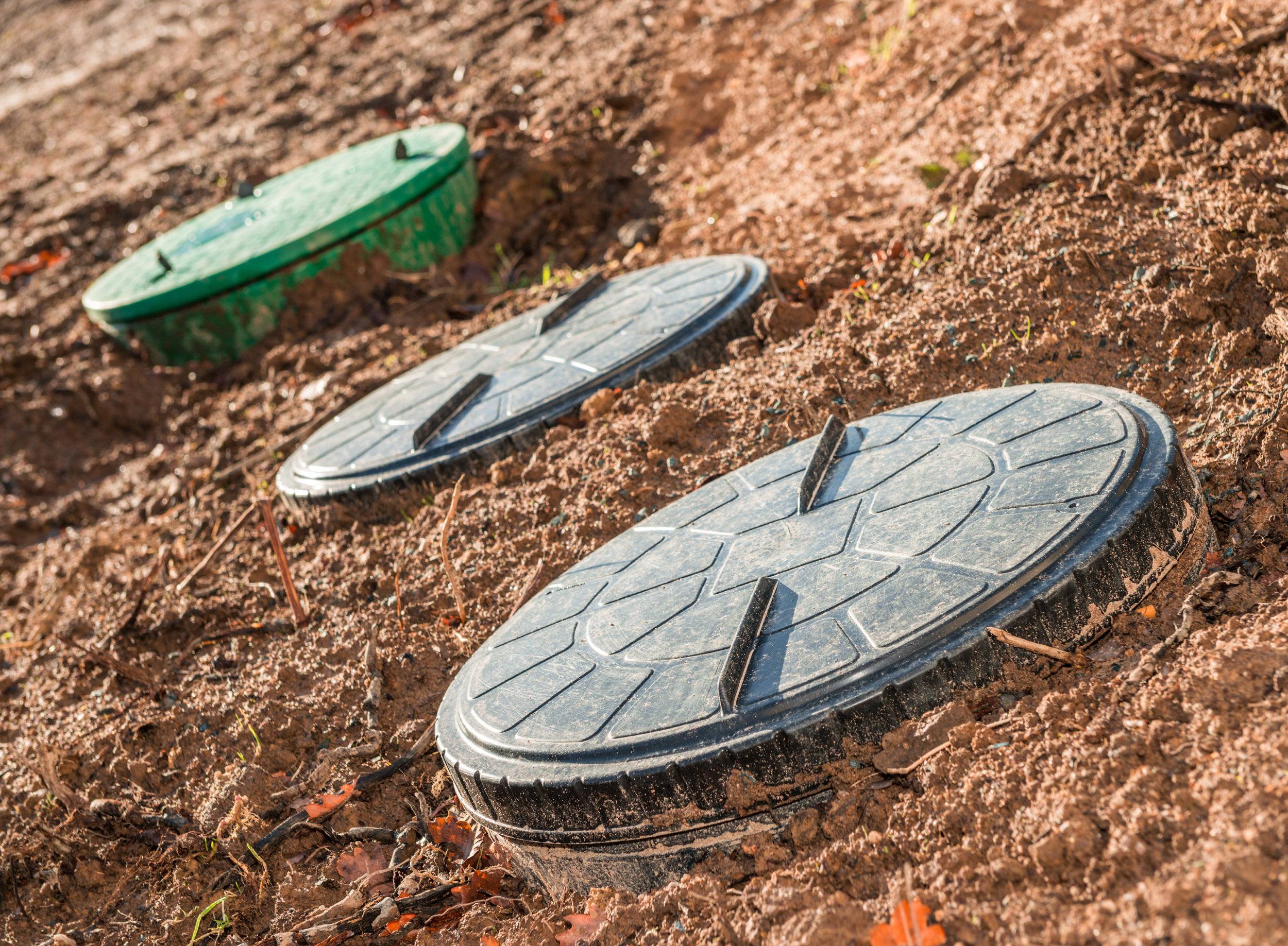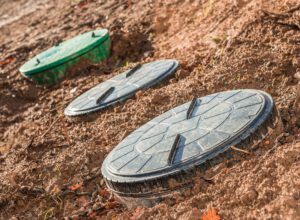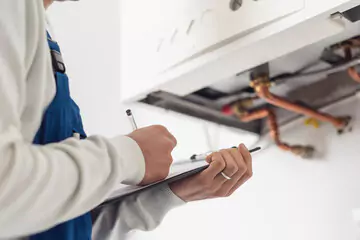Faucets are used constantly, so they’re bound to wear down over time. If left unattended, faucet problems can escalate into other more severe issues.
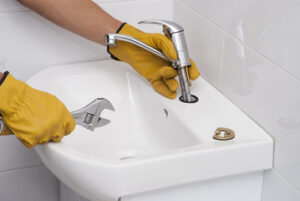
Handy professionals can quickly address spitting, spraying, or irregular water flow, saving you money on plumbing bills and potential damage. Visit https://www.plumberscranton.com/ to learn more.
Effective repairs start with knowing the type of faucet you have. The plumbers on Handy have experience with a variety of faucet designs.
A leaking faucet may seem like a minor inconvenience but over time it can lead to expensive problems. Dripping faucets waste water and can increase your household water bill. If ignored, a leaky faucet can eventually cause more serious plumbing issues throughout the house and damage your foundation. Luckily, most dripping faucets can be easily repaired with some effort from the homeowner. However, sometimes at-home fixes fail and it’s important to know when to call in a professional.
Washers are often the first part to wear out and start dripping, especially if you’re rough with your plumbing or over-tighten your handles. This is because the washer rests against the valve seat and over time the constant friction can cause it to wear out or break. Also, the washer can become damaged if it’s not the correct size or is inserted incorrectly.
The cartridge is the part that controls water flow into the spout. It can be corroded by sediment, worn down by continuous use or simply worn out from age. Once the cartridge is damaged, it will most likely need to be replaced. The best way to replace it is by removing the handle, securing it with a screw, and then using pliers to remove the packing nut. The next step is to replace the O-ring, which is easy to do once you know how (the replacement should be an exact match). You can also bring your old O-ring to a hardware store to ensure you’re purchasing the right size.
Once you have the new O-ring installed, the stem valve can be reassembled with the handle and decorative cap. Turn the water back on and check for leaks. If a drip continues, it’s time to contact your plumber for professional repair. It’s also a good idea to have your plumber inspect the entire plumbing system for leaks and other issues, which can be much more costly if left unattended.
Corrosion
Your sink faucets are in constant contact with water, so it’s no surprise that they can experience a lot of corrosion over time. Corrosion is the natural process by which certain metals react with oxygen and moisture, resulting in a degradation of their surface. In the case of faucets, this can manifest as rust and other problems that can make them less functional.
Most commonly, faucets corrode due to hard water. The minerals in hard water tend to build up on faucets and other surfaces that they come into contact with, which can lead to a white residue or film that’s often called scale. This residue can be very difficult to remove and may cause your faucets to look dull or discolored. It’s also possible for these deposits to clog your pipes, leading to low or no water flow at all.
Other causes of a corroded faucet include sediment buildup and the deterioration of various components over time, including seals, washers, or valve seats. In some cases, a faucet may simply be worn out, which can also result in leaks.
One of the biggest concerns with corroded faucets is that they can create corrosive water in your home. This can happen when copper, zinc, or lead particles break off of the pipes and contaminate the water that’s flowing through them. This can have a negative impact on your health and can damage the plumbing system in your home.
Corroded faucets can be an eyesore, but they’re also a sign that it’s time to call a plumber for professional faucet repair services. A plumber can thoroughly clean your faucets to remove any surface corrosion and get them looking like new again. They can also replace any worn parts, such as O-rings or washers, which may be contributing to the problem. In severe cases, you may need to replace your entire faucet assembly. This can be an expensive and time-consuming project, but it’s essential to protect your health and the longevity of your plumbing systems.
Sediments
It’s easy to take your faucets for granted until something goes wrong. When that happens, it can put a real damper on your day-to-day activities. A dripping faucet can ruin a good night’s sleep, and it can prevent you from getting ready for an important job interview or from preparing a meal for a large family gathering. Fortunately, a simple call to the local plumber can solve the problem and restore your peace of mind.
Your pipes may be clogged with sediment. Sediment is a residual compound that forms inside your hot water pipes. It typically consists of a mix of rust, hard water minerals, silt, clay, and dirt. It typically comes from soil erosion or decomposition of plants and animals. Wind, water, and ice often carry these particles to rivers, lakes, streams, and reservoirs that supply public and well water systems. These particles then travel to the homes served by those water lines. The rust and sediment can often leave behind a brownish tint on the water.
If you have a dripping faucet, the first thing you need to do is flush your water lines. This will help get rid of the sediment and restore proper water flow. However, if your water has a brownish tint, it could mean that there is an issue with the municipal water line or even the well water tank. This is another reason that it is always a good idea to hire the services of a professional plumber instead of taking on such a big project yourself.
The outlet and inlet seals of your faucet can also wear out over time, which will cause the faucet to leak. To fix this, you can replace the seals or have a plumber clean out the mineral buildup on the seals. Additionally, loose parts such as packing nuts and adjusting rings can restrict the movement of the valve stem or cartridge. To fix this, you can tighten the screws or replace them altogether. It’s a good idea to buy and keep a spare set of these parts so that you can quickly change out damaged components when needed.
Loose Parts
Sometimes a dripping faucet is simply the result of loose parts. Over time, the washers, O-rings, and valve seat can loosen or wear out, which means they are no longer able to form a tight seal. If a plumber disassembles your faucet, they can inspect these components for damage and tightness. They may also suggest replacing them if necessary to fix the leaking problem.
A dripping faucet can waste water and money. In some cases, it can even lead to serious water damage and pose health risks from mold growth. This is why it’s important to contact a professional plumber to diagnose and repair the problem as soon as possible.
Changing out parts can be done on a DIY basis, but some issues need the help of an experienced plumber. For example, if your leaking faucet is caused by corrosion in the valve seat, it requires the skills of a plumber to remove and replace it.
Other issues that require the attention of a professional include changes in water pressure or broken pipes. These types of problems are typically more severe and need to be addressed by a professional.
Some of the most common DIY faucet repair projects involve replacing worn out O-rings, washers, or valve seat. If you’re planning to tackle this project yourself, be sure to shut off your water supply before beginning. You should also have a bucket or towel nearby to catch any water that spills while you’re working. In addition, it’s a good idea to take photos or draw yourself a diagram of your faucet before you begin disassembling it. This will help you return the parts in the correct order and reduce the chance of future leaks. In addition, you should thoroughly clean the parts as you remove them to prevent mineral buildup and to ensure that they are free of loose debris. It’s also a good idea to use a penetrating oil, like WD-40, to loosen any stuck or corroded screws or nuts. This will help you get the job done faster and more easily.
